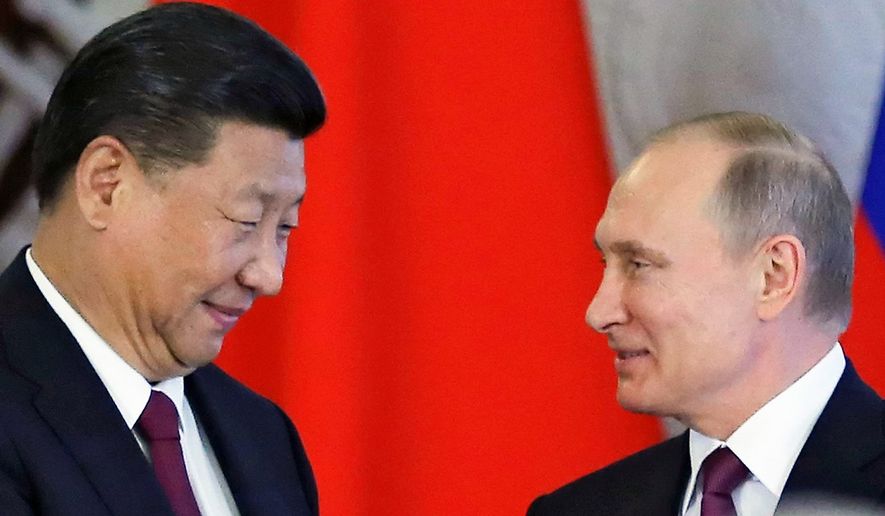by M Taylor Fravel
India, however, clearly did not appreciate the degree to which China believes it has already established a presence on the plateau, which forms part of China’s dispute with Bhutan in this area. In either the 1980s or early 2000s, China built a dirt road from the Chumbi Valley in Tibet to Shenche La that Bhutan views as the border with China, and then onto the Dolam Plateau. In fact, this road terminates perhaps just 100 metres from the Indian outpost at Doka La, near the site of the current standoff. Probably at the end of the 2000s, China enhanced or regraded the road and added the “turning point” where Chinese vehicles turn around to return to the Chumbi Valley. The road is likely used only in the summer months to facilitate patrols in the area (including surveying Indian presence at Doka La).




















